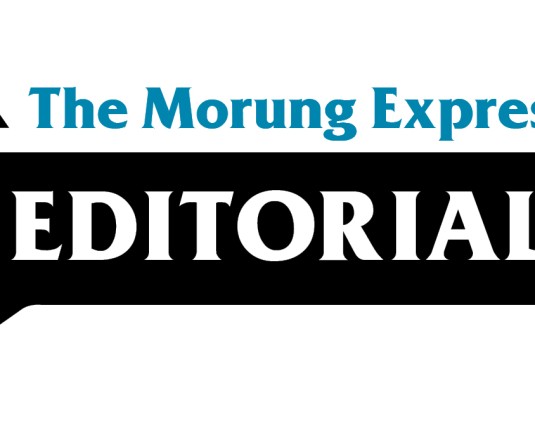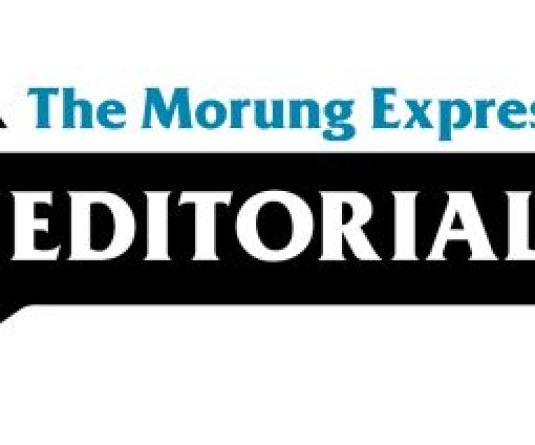
By Akangjungla
To draw global attention on the critical situation of many indigenous languages and to mobilize stakeholders and resources for their preservation, revitalization and promotion, the United Nations General Assembly through a resolution proclaimed the period between 2022 and 2032 as the International Decade of Indigenous Languages. In a report, UNESCO highlighted that ‘the situation of Indigenous Languages is alarming: at least 40% of the more than 6,700 languages spoken around the world are threatened with extinction in the long term, due to a lack of speakers. This would have severe consequences for cultural diversity and would jeopardize the centuries-old knowledge and know-how that could be decisive in humanity’s efforts to solve the challenges of this century, including climate change and biodiversity loss.’
For many decades, the Naga people have relied on storytelling to pass down historical accounts, indigenous languages, culture and traditions, and conventions and customs. The conversations around preserving and promoting the identity of Naga have mostly pointed towards the indigenous language or the mother tongue. The Naga people are not linked by a common thread of shared language; however, each community speaks their own unique language(s) - which mostly are at risk. The risk is likely to increase as the number of indigenous language across the globe is on decrease. Some contributing factors are attributed to loss of intergenerational transmission of indigenous language, assimilation and migration, invasion of modern way of life etc.
Numerous research and study have affirmed how language significantly impacts the individuals’ and the communities’ relationship and outcomes. It has also been proven that as language declines, it also quickens the loss of culture and knowledge acquired over inestimable generations. The language experts have successfully proven the link between usages of language with the characteristics of the people, and while doing so, they are also continuously seeking to attain sustainable suggestions to preserve and promote the mother tongue.
While community-led initiatives such utilising social media platforms to promote indigenous language through the medium of singing, poetry, drama is slowing gaining popularity among the Nagas, it often lacks continuity and connection with the real people. In response to last week’s Morung Suggestion Platform on revitalization and development of Naga indigenous languages, few have underlined on the role of the parents and importance of family. The immediate suggestion is to start from the family. Parents are encouraged to speak with the children in their mother tongue. One suggests that when the child starts to speak and learn to communicate, parents should be able to slowly teach them the basics of one’s culture and heritage in their own language. In the cases where both parents are from different villages or places, they should be able to teach both their language and culture to the children. It might take some time but it is important for the child to learn their parent’s heritage.
Even as the policy makers, educational institutions and similar forums are framing policies and curriculums to popularise the indigenous language, if the Naga people are to truly seek for language revival, it calls for a deeper understanding of the individual and the community to acknowledge indigenous language as a fundamental good. And in order to take this direction, the basis for any indigenous language champion must lay its foundation on the statement that “They (indigenous languages) are central to the identity of indigenous peoples, the preservation of their cultures, worldviews and visions and an expression of self-determination. When indigenous languages are under threat, so too are indigenous peoples themselves” (The United Nations Permanent Forum on Indigenous Issues.)
With the UNESCO, UN’s in charge of Education, Sciences, Culture and Communication and Information, leading the special resolution on International Decade of Indigenous Languages, there is also a greater need for individuals and the nations to put efforts on sharing the indigenous language in and through all possible medium. One must continually insist on learning and teaching their native mother tongue, while finding ways to assert that language stands on its own, as a self-contained means of expression.
Comments can be sent to akangjungla@gmail.com





